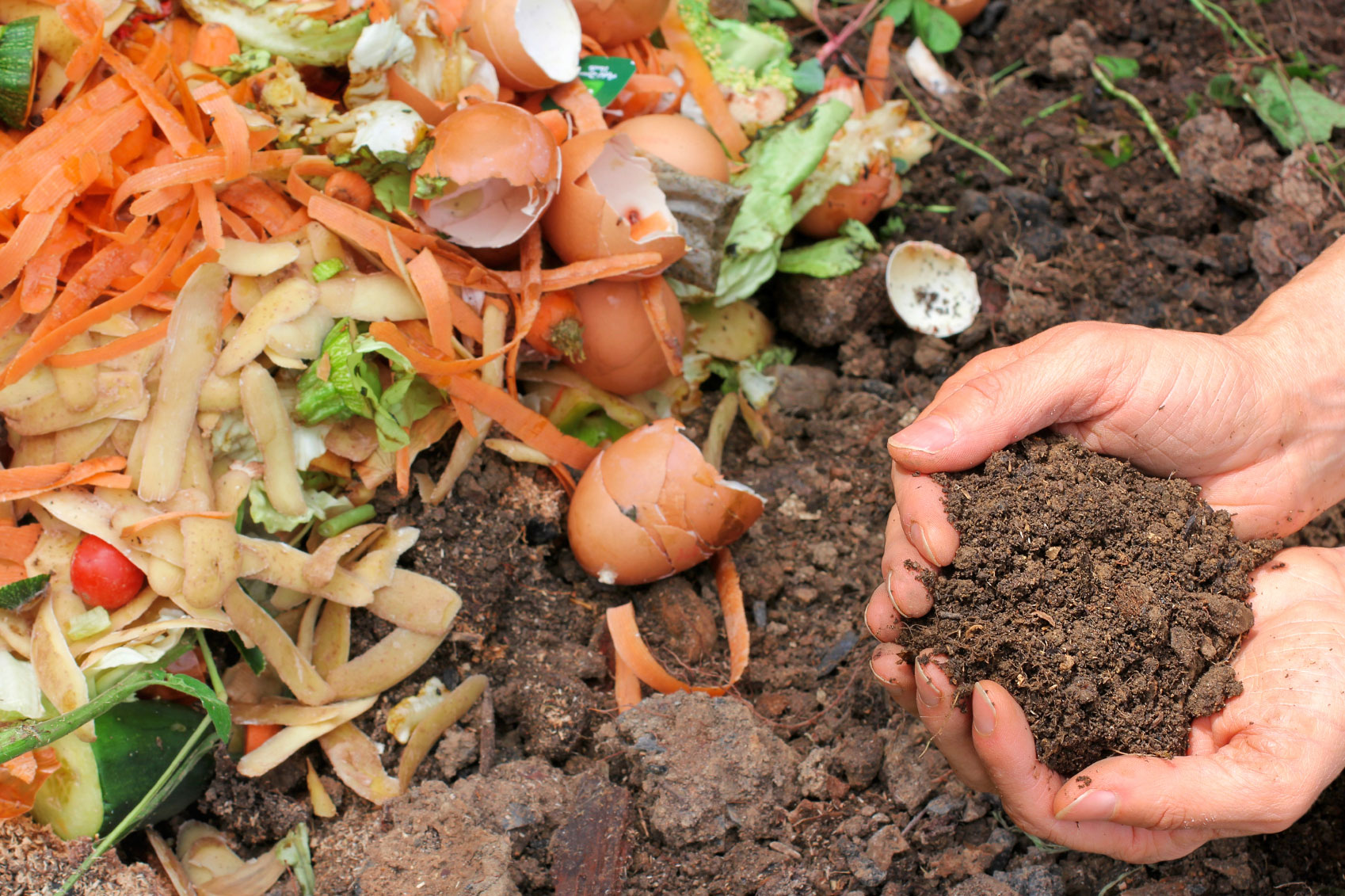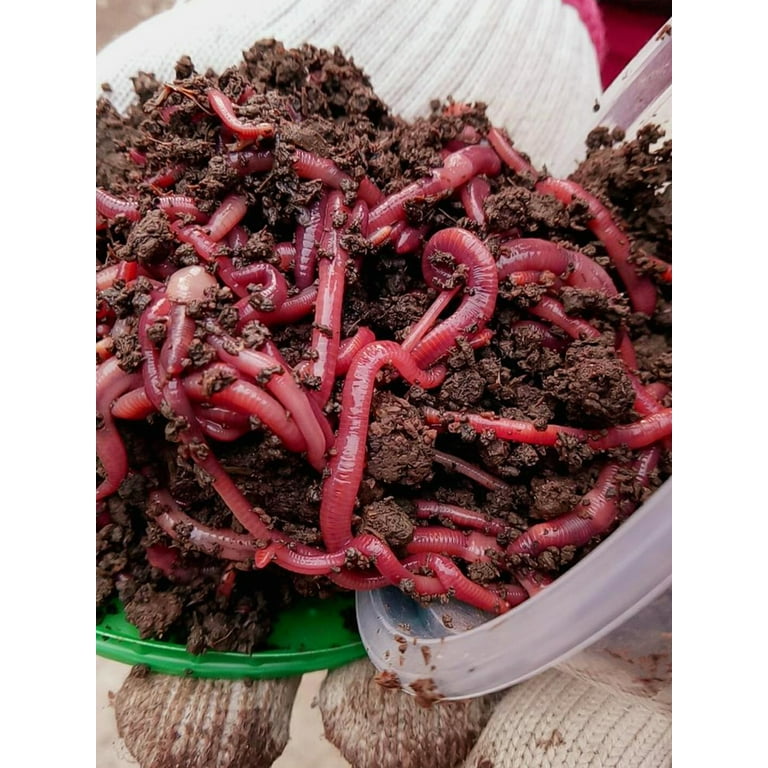Using the Power of Red Wiggler Composting: An Extensive Consider the Environmental and Agricultural Perks of This Natural Waste Decrease Approach
The practice of red wiggler composting represents a compelling intersection of environmental stewardship and agricultural advancement, offering a sustainable service to the growing difficulties of waste administration and dirt destruction. Via the natural process of vermicomposting, organic waste is transformed into an important source that not only enriches soil but likewise adds to a substantial decrease in land fill payments and greenhouse gas discharges. As we check out the diverse benefits of this method, we uncover how it can reshape farming techniques and advertise eco-friendly understanding, triggering a better evaluation of its potential influence on our communities and ecological communities.
What Are Red Wiggler Worms?
Red wiggler worms, medically called Eisenia fetida, are a types of earthworm particularly adapted for composting and organic waste break down. These worms thrive in the nutrient-rich environment of decaying natural matter, making them optimal for vermicomposting systems. Growing to a size of around three to four inches, red wigglers are identified by their reddish-brown coloration and distinctive banding patterns along their bodies.
Unlike various other earthworm types, red wigglers prefer to live in the upper layers of dirt and organic debris, where oxygen degrees are higher and food resources are plentiful. Their physiological adjustments allow them to refine organic products efficiently; they possess a strong digestive system that allows them to convert waste right into nutrient-rich castings, usually referred to as "black gold" in horticulture and farming contexts.
Eisenia fetida plays a critical duty in the community by promoting the decay procedure, improving soil structure, and advertising microbial task. Provided their one-of-a-kind characteristics and environmental importance, red wiggler worms have ended up being a main part in sustainable waste administration techniques and organic horticulture initiatives, contributing substantially to environmental health and wellness.
Benefits for Soil Health And Wellness
The incorporation of red wiggler worms in composting systems offers significant benefits for soil health and wellness. These worms play a critical role in the decomposition process, damaging down raw material into nutrient-rich vermicompost. This natural fertilizer enhances soil water, oygenation, and framework retention, adding to a much more desirable setting for plant development.
Vermicompost is rich in important nutrients such as phosphorus, nitrogen, and potassium, which are crucial for plant advancement (Red Wiggler Composting). The existence of useful bacteria in vermicompost even more promotes dirt wellness by improving nutrient schedule and subduing soil-borne microorganisms. This dynamic interaction cultivates a durable soil community that supports lasting farming techniques
In addition, red wigglers promote the formation of humus, a secure raw material that improves soil fertility and resilience. This boosted natural material not only improves dirt structure but additionally improves its ability to withdraw carbon, minimizing environment modification impacts.
Including red wiggler composting into farming systems can, consequently, result in much healthier soils, higher plant yields, and boosted sustainability. Consequently, welcoming this natural waste decrease technique can yield extensive benefits for both the atmosphere and agricultural performance.
Effect On Waste Decrease
Incorporating red wiggler worms right into composting systems considerably reduces waste, transforming natural materials that would certainly otherwise add to landfills right into valuable garden compost. This approach, called vermicomposting, successfully processes kitchen area scraps, backyard waste, and other eco-friendly materials, causing a substantial reduction in the quantity of waste sent to garbage dumps. According to the Epa, organic waste makes up a significant section of garbage dump materials, generating damaging greenhouse gases as it decays anaerobically.
By utilizing red wigglers, an extremely effective composting representative, organizations and households can divert a significant quantity of natural waste from these land fills. Each pound of red wigglers can eat and process concerning half an extra pound of natural waste daily, leading to an amazing decrease in general waste generation.
In addition, the application of vermicomposting assistances local waste administration efforts and promotes a circular economic situation, in which waste is changed right into a source. As neighborhoods significantly embrace this technique, the cumulative effect on waste decrease comes to be evident, fostering an extra lasting setting and motivating liable waste monitoring techniques. Welcoming red wiggler composting not just alleviates waste problems however also enhances community awareness concerning lasting living.
Enhancing Agricultural Practices
Using red wiggler worms in agricultural methods can considerably enhance dirt wellness and plant efficiency. These go right here worms play an important role in the composting procedure, damaging down organic issue right into nutrient-rich vermicompost. This all-natural fertilizer boosts dirt structure, aeration, and water retention, which are vital for robust plant development.
Moreover, the castings generated by red wigglers are rich in important nutrients, such as potassium, phosphorus, and nitrogen, advertising healthier plants with higher returns. The microbial activity boosted by these worms likewise adds to a successful soil ecological community, increasing biodiversity and strength versus pests and conditions.

Furthermore, the usage of vermicompost can enhance soil pH levels, making nutrients a lot more easily accessible to plants. Red Wiggler Composting. As an outcome, farmers can grow much healthier plants while concurrently adding to soil conservation initiatives, inevitably developing an extra lasting farming future
Beginning With Composting
The key ingredient in red wiggler composting is natural waste, which can his explanation consist of kitchen scraps, yard waste, and paper products. This equilibrium promotes an optimal environment for red wigglers, which are the key organisms in this composting method.
Picking a suitable composting system is just as important. Worm bins can be developed for indoor or outdoor use, and they ought to provide adequate drainage and aeration. It is advised to start with a handful of worms-- approximately one extra pound of red wigglers for each one pound of waste produced once a week.

Conclusion

The technique of red wiggler composting stands for a compelling intersection of ecological stewardship and agricultural innovation, supplying a lasting service to the expanding obstacles of waste administration and dirt deterioration.Furthermore, the application of vermicomposting supports regional waste management initiatives and promotes a circular economic climate, wherein waste is changed into a source. As neighborhoods increasingly embrace this technique, the cumulative result on waste reduction comes to be apparent, fostering an extra sustainable setting and encouraging accountable waste management methods. The primary component in red wiggler read what he said composting is organic waste, which can include cooking area scraps, lawn waste, and paper items.In summary, red wiggler composting provides a lasting service for natural waste management, generating nutrient-rich vermicompost that significantly improves dirt health.
Comments on “Mastering Red Wiggler Composting: Vital Practices for Healthy Composting”